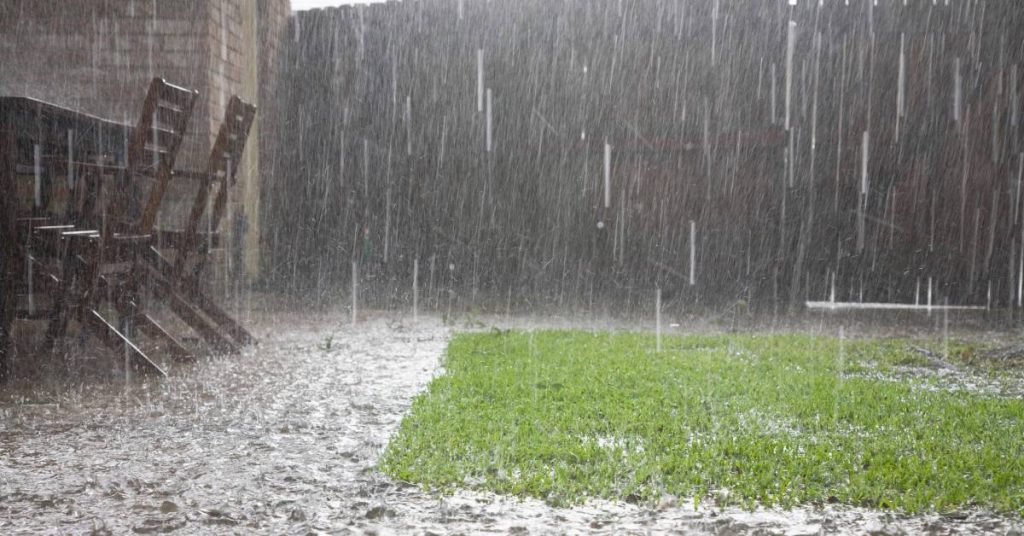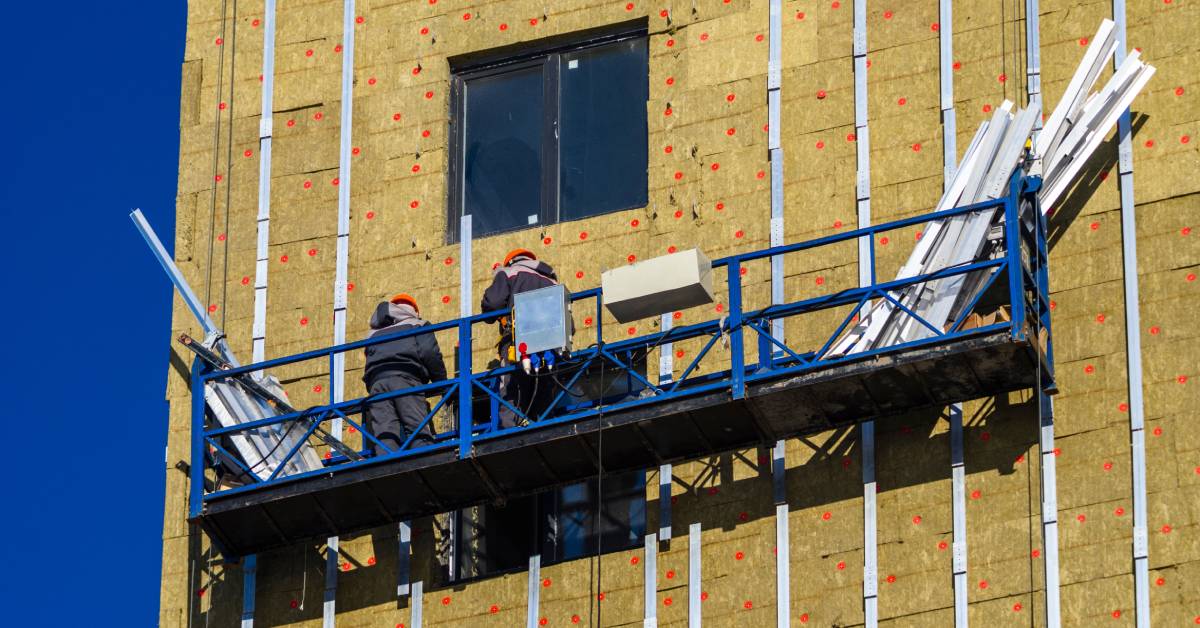If you’re searching for a reliable method to keep your building cool and dry in humid climates, then you’ll want a ventilated facade. This innovative building technique is proven to effectively combat the negative impacts of humidity on buildings. Through careful design and strategic implementation, ventilated facades provide a comprehensive solution for moisture management and thermal regulation. When you understand the importance of a ventilated facade in humid climates, you can see why your building needs one.
Regulates Moisture
Humidity can cause moisture buildup inside buildings, leading to mold growth and structural damage over time. A ventilated facade allows for consistent airflow behind the exterior cladding, which helps regulate moisture levels and prevent common issues. This airflow creates a buffer zone that mitigates the effects of exterior humidity, ensuring a stable internal environment.
The ventilated facade acts as a protective barrier, which is crucial in maintaining the integrity of the building’s materials and preventing deterioration caused by excess moisture over time. This protection is especially important in regions with high humidity or significant rainfall, where buildings face constant exposure to moisture.
Enhances Indoor Air Quality
Proper ventilation is key to keeping the air inside your building fresh and healthy. By continuously circulating out stale air and bringing in fresh air from the exterior, ventilated facades maintain a healthy indoor environment for occupants.
This air exchange process reduces the concentration of indoor pollutants such as volatile organic compounds (VOCs), allergens, and other contaminants that affect health. The continuous influx of fresh air supports well-being and productivity by providing a cleaner living or working space, which is particularly important for people with allergies, asthma, or other respiratory conditions.
Reduces Energy Consumption
In hot, humid climates, air conditioning is often necessary to maintain indoor comfort. However, a ventilated facade can reduce the need for excessive cooling by allowing heat to naturally escape from the building. This passive cooling process conserves energy and lowers the reliance on mechanical cooling systems, leading to substantial energy savings, a reduced carbon footprint, and longer-lasting equipment.
The reduction in energy use also aligns with broader environmental sustainability goals by decreasing the building’s impact on the environment. These savings can be particularly big during peak summer months when most people use a cooling system the most.
Improves Thermal Performance
By creating an air gap between the exterior cladding and the wall, a ventilated facade provides additional insulation. The thermal barrier provided by the air gap minimizes heat gain during the day and retains warmth during cooler nights, promoting a consistent, comfortable indoor climate year-round. This improvement in thermal regulation enhances the overall efficiency of the building’s heating and cooling systems, leading to further energy savings and improved occupant comfort.
Increases Durability
Humidity and environmental factors can cause building materials to deteriorate rapidly over time. A ventilated facade provides an added layer of protection for your building’s exterior, enhancing its durability and extending its lifespan. This protective layer slows the rate of wear and tear by shielding the structure from harsh weather conditions such as wind, rain, and UV radiation.
Over time, this increased durability results in savings on repair and replacement costs, preserving the building’s aesthetics and functionality. By prolonging the life of the building materials, ventilated facades offer a cost-effective solution for maintaining property value.
Prevents Condensation
Condensation occurs when warm air meets a cold surface, leading to potential water damage and mold growth. A ventilated facade helps prevent this by allowing continuous airflow behind the cladding. This constant airflow dissipates warm moisture, reducing the likelihood of condensation forming on surfaces and protecting interior spaces while maintaining the building’s structural integrity.
By preventing condensation, ventilated facades can avert common problems such as water staining, paint blistering, and foul odors within the building.
Minimizes Maintenance Costs
With reduced moisture and condensation buildup, buildings with ventilated facades require less frequent maintenance and repairs. You’ll save valuable time and money over the building’s lifecycle. Routine maintenance becomes simple since the facade’s design inherently prevents many common moisture-related issues, allowing you to allocate resources more efficiently and effectively. You can then reinvest these savings into other areas, like improving amenities.

Protects From Heavy Rain
In tropical regions with high levels of rainfall, a ventilated facade serves as a crucial defense mechanism against water damage. This advanced system facilitates easy drainage of excess water, efficiently keeping the building dry and protected.
The facade’s design channels rainwater away from the building surface, reducing the risk of water ingress and associated damage like mold, mildew, and structural weakening. When you keep your main structures dry with ventilated facades, you can prolong your building’s lifespan and keep it safe for everyone.
Offers Design Flexibility
The versatility of ventilated facades lies in their ability to incorporate a variety of materials for exterior cladding. This adaptability makes it easier for architects and builders to create unique, customizable designs that align with aesthetic preferences while maintaining functionality.
Flexibility here means that facades can complement any architectural style or vision, from ultra-modern construction to classic designs. This adaptability offers the opportunity to incorporate innovative design elements, such as textured surfaces or vibrant colors, without sacrificing performance.

Improves Occupant Comfort
High humidity levels create an uncomfortable environment, making indoor air feel heavy and oppressive. Thankfully, a well-ventilated facade system mitigates these conditions, contributing to a more pleasant, balanced indoor climate. By maintaining optimal humidity levels, the facade supports a comfortable, inviting atmosphere, which is essential for keeping everyone inside happy and healthy.
Cost-Effective
Although the initial installation of a ventilated facade might seem pricey, its long-term benefits make it a highly cost-effective solution. The energy savings and reduced maintenance requirements contribute to lower operational costs over time.
The upfront investment here translates to saved money down the line as your building will cost much less in maintenance. Plus, there’s the added benefit of making the space more sustainable. If you want improved comfort, as well as more affordable maintenance, ventilated facades are the right option for your construction or renovation project.
A properly ventilated facade is incredibly important in humid climates, offering numerous benefits. From regulating moisture levels and reducing energy consumption to increasing durability and enhancing occupant comfort, this innovative technique is a valuable addition to any construction project.
By incorporating a ventilated facade, you can protect your building from the adverse effects of humidity. Here at Stuc-O-Flex, we can help with our stucco rainscreen systems. Consider working with us to implement a ventilated facade in your next building project. With our services, you can create a sustainable, comfortable, and durable environment.


Leave a Reply